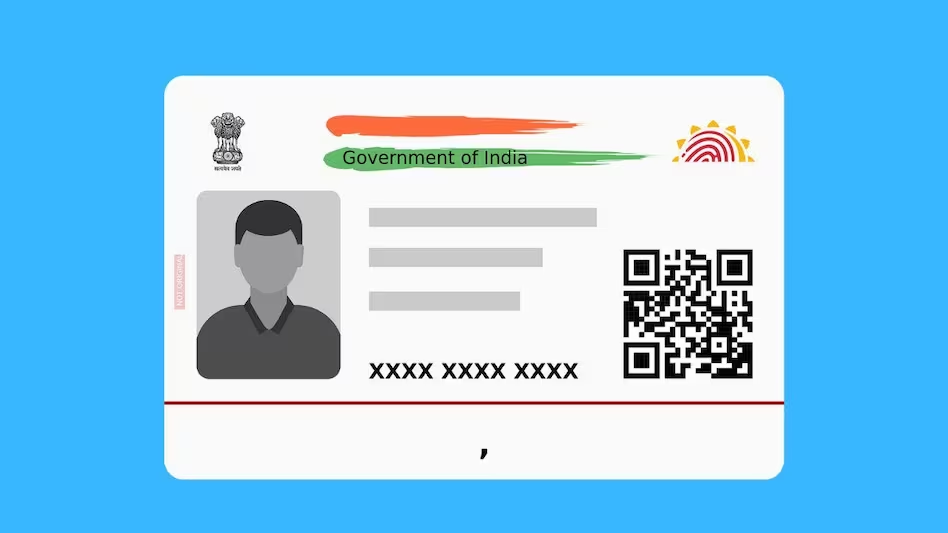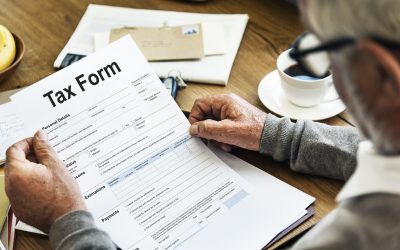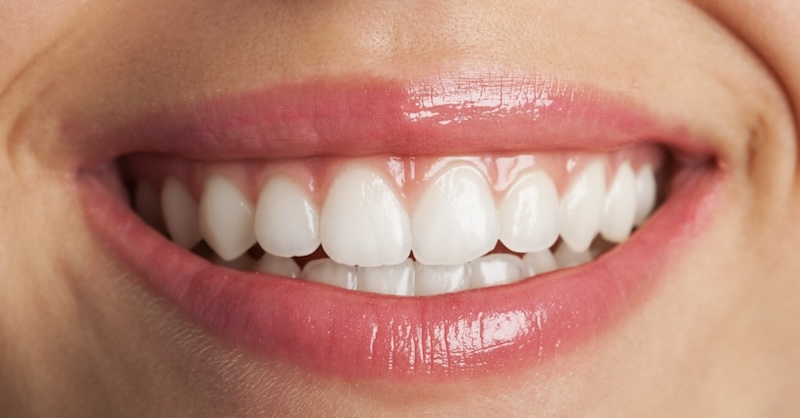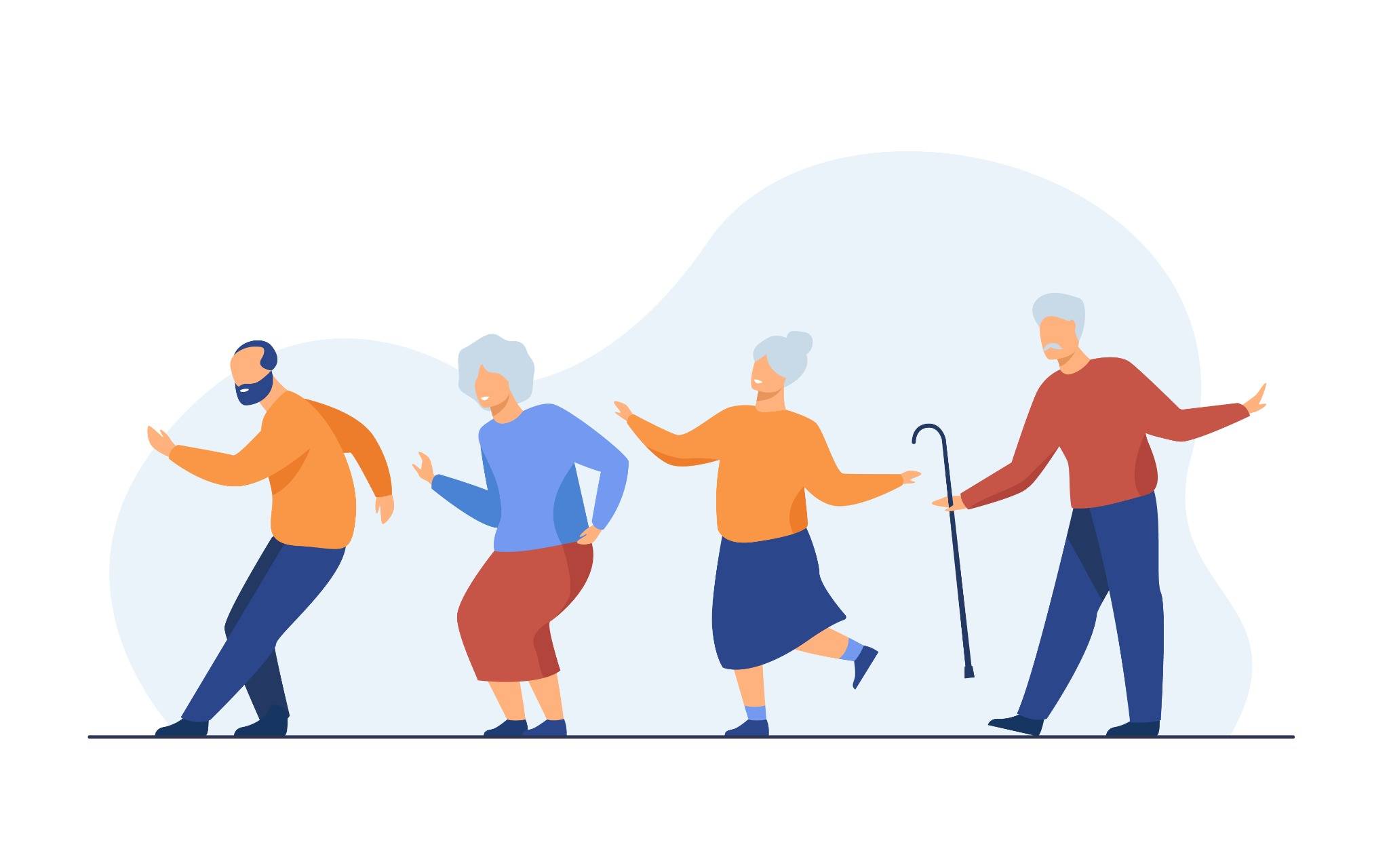
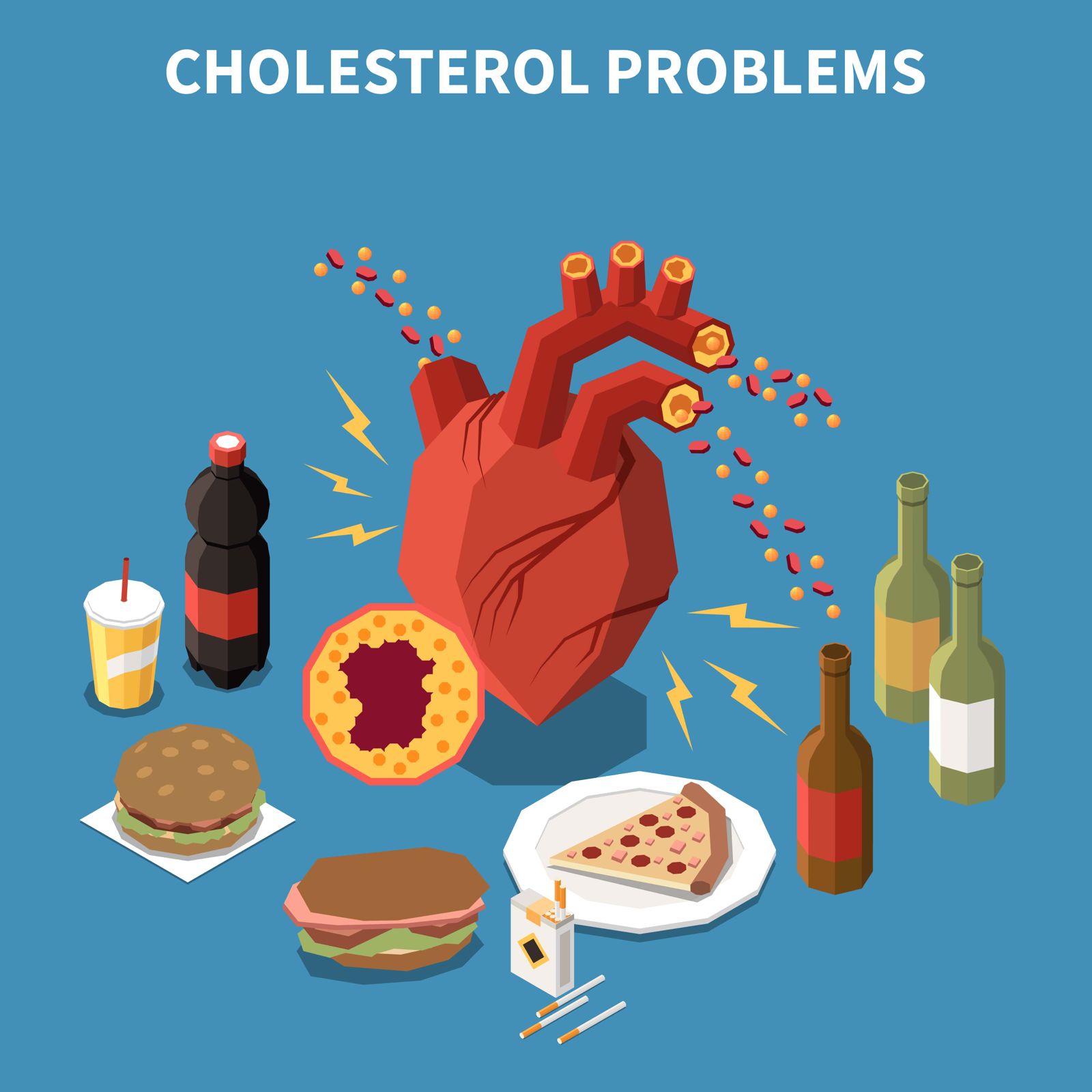
Hidden Signs of High Cholesterol That Show Up While Walking
High cholesterol is often referred to as a “silent threat” because it typically presents no obvious symptoms until it leads to serious complications like heart attacks or strokes. However, there are subtle warning signs that may appear during physical activities—especially walking. Recognizing these early indicators can help prevent more severe health issues down the line.
Here are five signs of high cholesterol that might only become noticeable while walking:
1. Sudden Leg Pain or Cramping
Experiencing unexpected cramps or sharp pain in your legs while walking could be more than just muscle fatigue. This may indicate Peripheral Artery Disease (PAD)—a condition where cholesterol buildup restricts blood flow to the limbs. PAD is often an early sign of widespread arterial blockage.
2. Heaviness and Weakness in the Legs
If your legs feel unusually heavy or tired during even short walks, it could be a result of reduced oxygen supply due to narrowed arteries. As cholesterol builds up, it impairs circulation, making your leg muscles work harder and tire faster.
3. Cold Sensation in Feet or Toes
A persistent feeling of coldness in your feet or toes—especially while walking—can be another red flag. Poor blood flow from blocked arteries can prevent warm, oxygen-rich blood from reaching your extremities.
4. Slow Healing of Cuts and Wounds on the Legs
Notice a scrape or wound that doesn’t seem to heal as quickly as it should? High cholesterol can lead to poor circulation, which slows down the healing process. This is especially risky for individuals with both diabetes and elevated cholesterol levels.
5. Unusual Fatigue or Shortness of Breath While Walking
If light exercise like a short walk leaves you unusually tired or short of breath, it may be due to reduced blood flow. Plaque buildup in the arteries makes it harder for the heart to deliver oxygen to the body efficiently.
Tips for Managing Cholesterol Levels
To protect your cardiovascular health and reduce your risk of complications:
- Eat a heart-healthy diet: Focus on foods rich in fiber and omega-3s, and cut back on saturated fats.
- Exercise regularly: Walking, cycling, and yoga can help improve circulation and lower cholesterol.
- Avoid smoking and limit alcohol: Both can damage blood vessels and raise cholesterol levels.
- Monitor your cholesterol: Regular checkups can catch issues early.
- Consult a doctor: If you notice any of the above symptoms, especially during physical activity, speak to a healthcare provider promptly.
High cholesterol doesn’t always show itself in obvious ways, but paying attention to subtle signs—like how your body reacts while walking—can make a big difference. Early detection and lifestyle changes can go a long way in maintaining your heart health.

